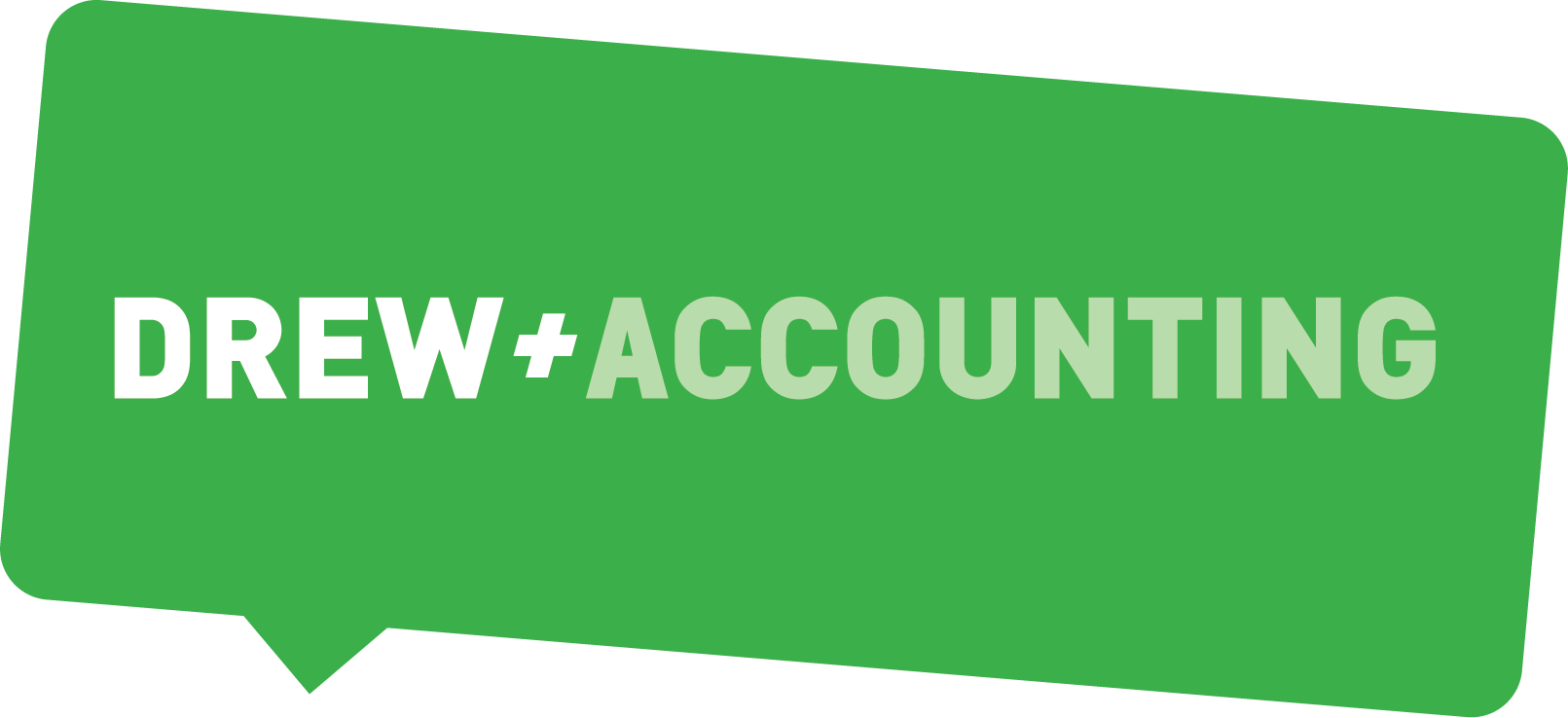6 things you should know before filing your End Of Year Tax post COVID-19
1. New rules to keep cash flowing
If money is a bit tight as the financial year draws to a close, here are four tax measures focused on providing and enabling cashflow that you might like to consider:
The tax loss carry-back rule, which means if you’re expecting a tax loss for the year ended 31 March 2021, you might be eligible for a refund of provisional tax previously paid for the 2020 year.
If your cashflow has been significantly impacted by the economic effects of COVID-19, you may be able to apply for relief from use of money interest and penalties, or enter into an instalment arrangement for payments due to Inland Revenue. Inland Revenue’s ability to remit use of money interest in such circumstances applies to tax payments due up until 25 March 2022.
Keeping an eye on tax losses, as the Government have announced plans to introduce a same or similar business test that allows tax losses to be carried forward. This will become useful if you’re wanting to raise capital for your business in the future.
Consider the Small Business Cashflow (Loan) Scheme being offered by the Government through Inland Revenue where certain conditions are met. This provides loans of up to $10,000 (dependent on the number of employees) with an interest rate of 3%, with no interest applying if the loan is repaid within 2 years.
2. Asset threshold lowering
Put aside time to review your asset expenditure. Identify any assets (valued up to $5,000) that you need and buy them before 17 March 2021. This way, you’ll be able to claim an immediate deduction for these assets under the low-value asset write-off as the threshold drops from $5,000 to $1,000 on 17 March 2021. The temporary $5,000 threshold was a concession as a result of the COVID-19 relief measures introduced, and from the 17 March 2021 the $1,000 threshold is an increase from the $500 amount that was previously in place prior to 2020.
It’s also a good time to ensure records are up to date on any commercial buildings as depreciation for tax purposes is available on commercial buildings for the year ended 31 March 2020.
3. Earn over $180,000 a year?
If you’re one of the 75,000 Kiwis impacted by the new 39% tax rate, review your business and investment structure with your accountant before 1 April 2021. The marginal tax change, rushed through last December to help pay for the COVID-19 recovery, applies to all employment income over $180,000 a year. It includes extra pay earned in the course of employment, such as bonuses, back pay, redundancy, and retirement payments. It is timely to consider such payments in relation to the 2021 year, as well as considering dividend payments before 31 March 2021.
4. Keeping subsidy records crucial
While COVID-19 related wage and leave subsidies are non-taxable, keep accurate records of any subsidy you received and which staff member it was paid to, in case the Ministry of Social Development asks to review your records down the track.
5. R&D loss tax credit
Start-up companies are able to cash-out their tax losses arising from eligible research and development (R&D) expenditure, and avoid carrying the losses through to the next income year. The credit can only be for:
eligible R&D business expenditure
up to 28% of your tax losses from R&D activity
companies that are tax residents in New Zealand
dates on or after 1 April 2015.
The rules around R&D expenditure are detailed and eligible R&D expenditure will require approval from Inland Revenue. So if you’re looking to claim under these rules, you will need to start looking at this sooner rather than later, and keeping records of such expenditure as it occurs.
6. Staff reimbursements and allowances
Make sure you have a good record of any reimbursements and allowances paid to employees for expenditures – generally and in account of new COVID-19 related Working from Home tax changes. Remember:
For telecommunications devices and plans, staff reimbursements are tax exempt up to $5 per week. If reimbursement is above this amount, the exempt amount is 25% if the device or plan is used partly, 75% if used mainly, or 100% if used exclusively for employment purposes.
WFH payments claimed between 17 March and 17 September 2020 allow an additional $15 per week, per employee, to be exempt income for other WFH expenditure.
A tax-exempt payment for use of furniture or equipment when WFH to reimburse the depreciation of the item. The payment will typically be for the cost of the asset and the payment will still be deductible to the employer. Note the low-value asset threshold of $5,000 applying between 17 March 2020 to 17 March 2021 will apply here.

